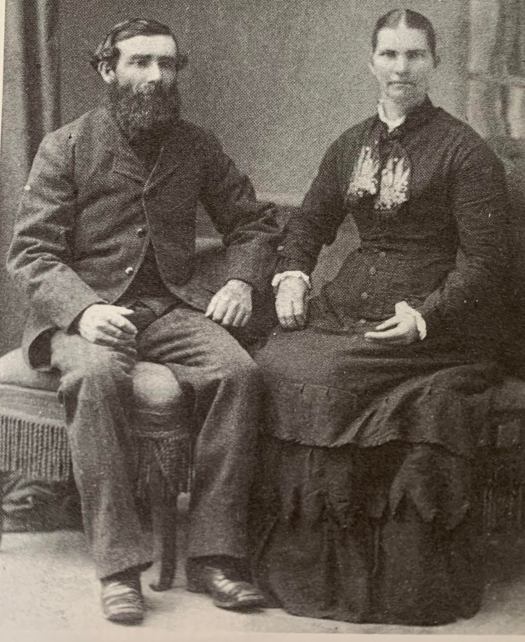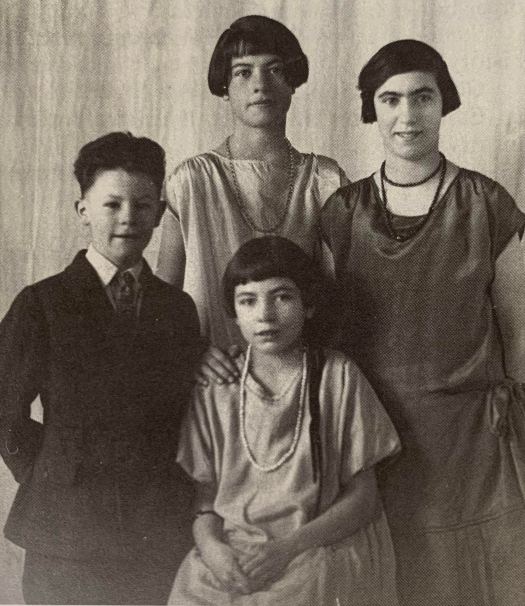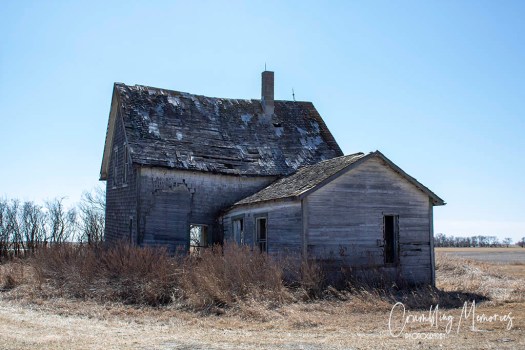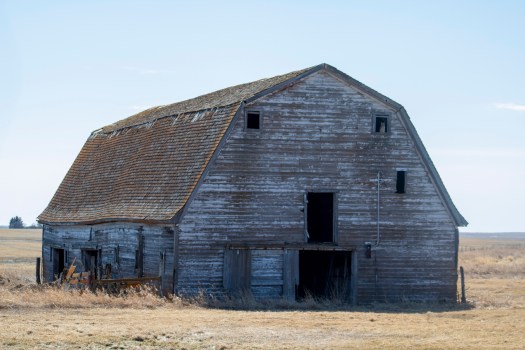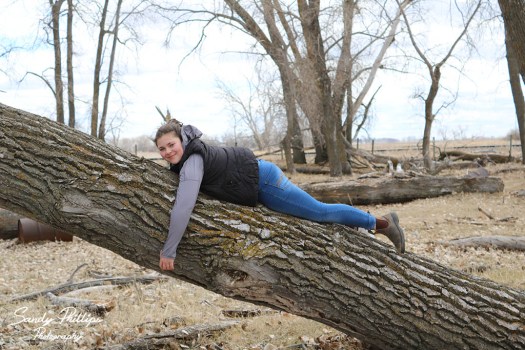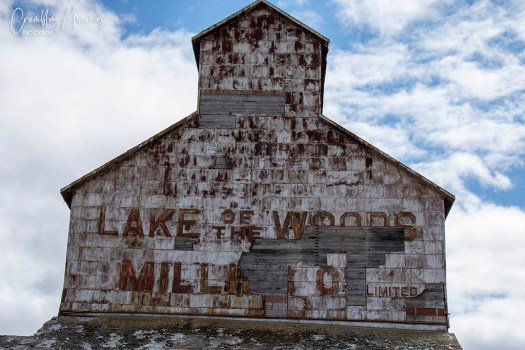This little ghost town has been on my must see list for some time. Being stuck in the house for 3 weeks, Friday was the perfect day to get out and see something different.
Gordon Phillips, a Mechanical Engineer and notable resident of Lauder, wrote in his book “The Rise and Fall of a Prairie Town”: The town of Lauder did not come into being until after the arrival of the railroad in 1891. The first settlers however came into the district eight to ten years earlier. The first one to settle into the area was Mr. W. J. Higgins.
The first post office for the district as established in the home of W. J. Higgins in 1884 and was known as the Melgund post office. Before that, people got their mail from Brandon or Souris by anyone who happened to make a trip there. It closed in 1889 but there were post offices in Hartney and again Lauder, after the railroad was built. The first school was built and opened on July 11, 1884. It was named the Rose School, later renamed Melgund School. There were multiple schools built in the years to follow.
There are conflicting reports on the naming of the town. One report says that it was to be called Bradford and another that it was to be called Rochester. In any event, the C.P.R. named it Lauder after the Venerable Archdeacon John Strutt Lauder, Rector of Christ Church in Ottawa.
In March, 2019 June Timms reported as follows: Lauder was very well established for many years, but it slowly began to dwindle as the farm population grew smaller as well as transportation evolved. There two factors are the main factors as to why many prairie towns became nearly extinct to this day. To this day the Lauder Community Inn is the hub of the community for the Lauder area. It serves all ages in a variety of different ways. It provides a Postal Outlet for the community which is well used and includes mail services for Maple Grove Colony close by and, with the increase in online shopping, has become an important means of receiving parcels. We are able to use the “Inn” to hold meetings, Sunday School, crafting events, exercising, “leave a book, take a book” and enjoying recreational time. It houses a piano, pool table, meeting room, and coffee shop/convenience store. We are also able to enjoy the fellowship of lunches together a few times per week.
Though the population of the town of Lauder has dwindled to only four people, six people at certain seasons, the surrounding community continues to thrive. We have an enviable array of age groups, from young families, to senior residents, who have chosen to remain in the community.
The community also has a community hall, and a United Church that are still active and viable. We are proud to say that we are still able to operate a Sunday School which has about ten members currently. The hall is used for funerals, or funeral lunches and many other rentals over the course of the year.
Coming into the town, this was the first home we came across. I have seen many photos posted from this town but I had no idea that this was right there, in this little place, surrounded by other things. And where others live. Like, Snowflake, Manitoba, except there is more here than there.
The resident of this house was out sunning himself in the grass when we pulled up. When I got out of the car he took off so fast that he didn’t even touch one of the steps going into the house. He was a large, tabby cat. The kids figured they were going to lure him outside and rescue him!
I’ve seen photos of this truck and house many times but it was what was behind it that really caught my attention.

A Studebaker. What an incredible old truck. Possibly 1948 to 1953. I was told today that its likely a 1950’s. The old vehicles don’t typically get me too excited but these two old trucks were in excellent condition. So nice to see. When I posted same on Facebook, one lady even replied giving the name of the owner of this truck. So cool.

A short drive down the street revealed more abandoned homes but also a couple of occupied residences. My son wasn’t happy about me getting out and taking photos but I assured him that the people that live in this town are probably pretty used to people coming in and taking photos of the old houses. And I had no intentions of taking photos of homes or properties of the homes that are lived in.

I’ve seen this house posted numerous times. I would imagine it was very elegant in its time. Its very treed in at the front and I wasn’t prepared to tresspass.

This nice brick house was right across the street. There were several old homes in this town and I could have photographed several more but only stopped for the ones that really caught my attention.

I wasn’t going to stop for this house but did when I noticed the sign above the door. The home of G. Ramsay. Of course the first thing I thought of was Hell’s Kitchen.
If your interested in this kind of stuff, I really do suggest you make the trip. I do hesitate to post the location of this town but I know that most people know where it is anyways. I just hope that everyone respects peoples property and belongings.
